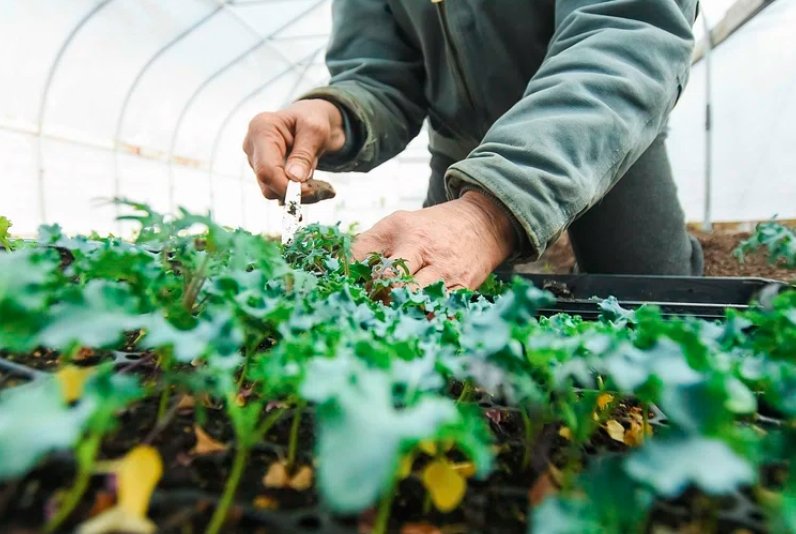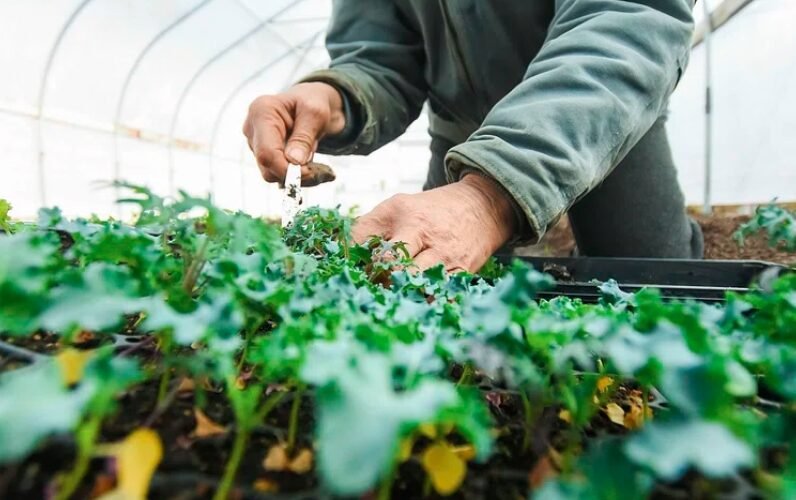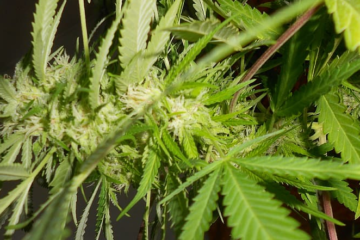The cultivation of cannabis, both for medical and recreational purposes, has seen a significant rise in recent years. However, this growth comes with substantial environmental impacts. From water usage to energy consumption, the environmental footprint of cannabis cultivation is a topic of increasing concern. This article delves into the various ways cannabis cultivation affects the environment and explores potential solutions to mitigate these impacts.
Water Usage and Pollution
Cannabis cultivation is notoriously water-intensive. Each plant can require up to 22 liters of water per day during the growing season. This high demand for water can lead to significant water diversion from natural sources, impacting local ecosystems. In regions like California, where water scarcity is already a critical issue, the additional strain from cannabis cultivation exacerbates the problem.
Moreover, improper water management practices can lead to water pollution. Runoff from cannabis farms often contains pesticides and fertilizers, which can contaminate nearby water bodies. This pollution not only affects aquatic life but also poses risks to human health. Implementing sustainable water management practices is essential to reduce these negative impacts.

Energy Consumption and Greenhouse Gas Emissions
Indoor cannabis cultivation is highly energy-intensive. The need for artificial lighting, climate control, and ventilation systems results in substantial energy consumption. This energy use contributes to greenhouse gas emissions, further exacerbating climate change. Studies have shown that indoor cannabis cultivation can have a carbon footprint comparable to that of large-scale industrial operations.
Transitioning to more energy-efficient practices, such as using LED lighting and renewable energy sources, can help reduce the environmental impact. Additionally, outdoor cultivation, where feasible, can significantly lower energy consumption. However, outdoor cultivation comes with its own set of challenges, including exposure to pests and weather conditions.
Land Use and Biodiversity
The expansion of cannabis cultivation often leads to changes in land use. Forested areas and natural habitats are sometimes cleared to make way for cannabis farms. This deforestation can result in habitat loss for wildlife and a decrease in biodiversity. The impact on local flora and fauna can be profound, disrupting ecosystems and leading to long-term environmental consequences.
To mitigate these effects, it is crucial to adopt sustainable land use practices. This includes preserving natural habitats and implementing agroforestry techniques that integrate cannabis cultivation with conservation efforts. By balancing cultivation with environmental stewardship, it is possible to minimize the negative impacts on biodiversity.
Pesticide Use and Soil Health
The use of pesticides in cannabis cultivation is another significant environmental concern. Pesticides can contaminate soil and water, posing risks to both the environment and human health. Additionally, the overuse of pesticides can lead to the development of resistant pest populations, making pest management more challenging over time.
Promoting organic cultivation methods and integrated pest management (IPM) strategies can help reduce reliance on chemical pesticides. These approaches focus on using natural predators, crop rotation, and other sustainable practices to manage pests effectively. Improving soil health through organic farming techniques also enhances the resilience of cannabis crops.
Air Quality and Odor Control
Cannabis cultivation can impact air quality through the emission of volatile organic compounds (VOCs). These compounds contribute to the formation of ground-level ozone, which can harm human health and the environment. Additionally, the strong odor associated with cannabis cultivation can be a nuisance to nearby communities.
Implementing air filtration systems and adopting best practices for odor control can help mitigate these issues. Research into the environmental impacts of VOC emissions from cannabis cultivation is ongoing, and further studies are needed to develop effective mitigation strategies.




